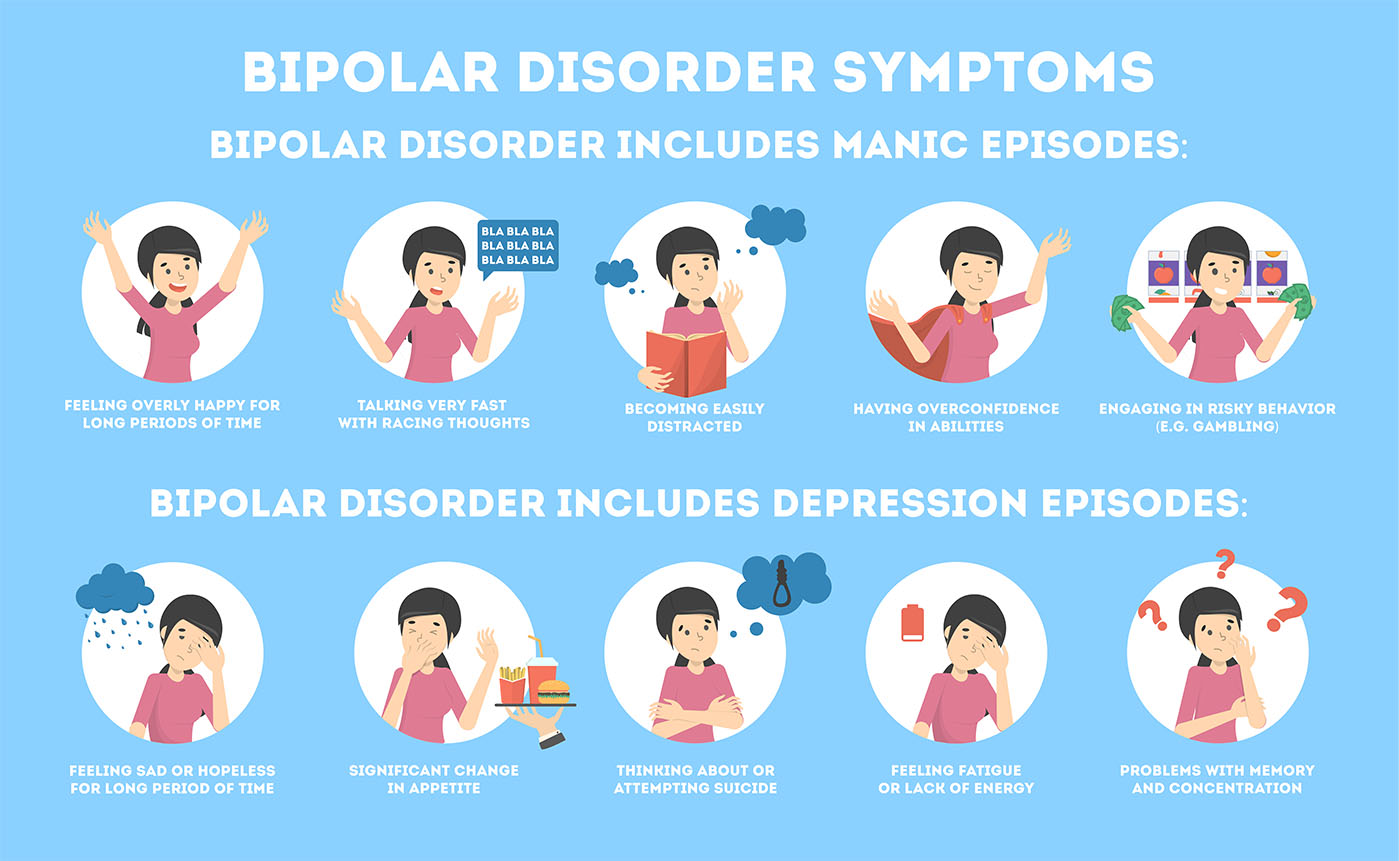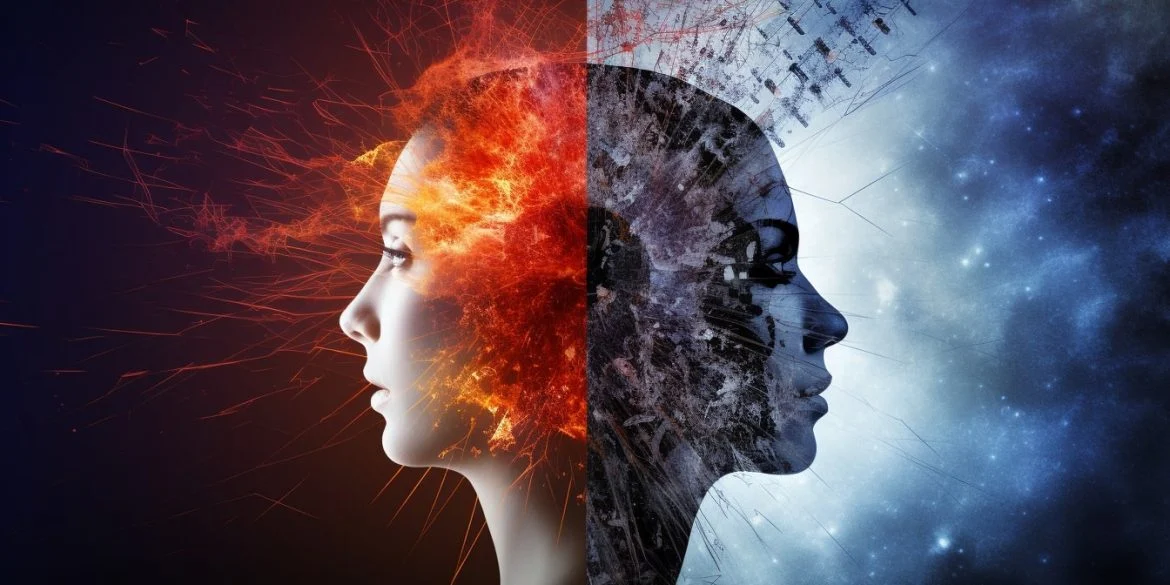Introduction:
Bipolar disorder, formerly referred to as manic melancholy, is a intellectual health situation characterized by means of severe temper swings that variety from manic highs to depressive lows. This disorder affects millions of people worldwide, impacting their daily lives, relationships, and overall well-being. This article aims to shed light on the complexities of bipolar disorder, exploring its symptoms, causes, and available treatments.
I. What is Bipolar Disorder?
Bipolar disorder is a chronic mental health condition marked by alternating episodes of mania and depression. Mania involves periods of elevated mood, increased energy, and impulsive behavior, while depression is characterized by persistent feelings of sadness, hopelessness, and a lack of interest in previously enjoyed activities.
II. Types of Bipolar Disorder:
There are several subtypes of bipolar disorder, with the two most common being Bipolar I and Bipolar II.
- Bipolar I Disorder: Individuals with Bipolar I experience manic episodes lasting at least seven days, or severe manic symptoms that require immediate hospitalization. Depressive episodes may also occur.
- Bipolar II Disorder: This subtype is characterized by a pattern of depressive episodes alternating with hypomanic episodes, which are less severe than full-blown manic episodes.
III. Symptoms of Bipolar Disorder:
A. Manic Episodes:
- Elevated mood or irritability
- Increased energy and activity levels
- Impaired judgment
- Racing thoughts
- Decreased need for sleep
- Impulsive conduct, such as excessive spending or risky sexual encounters.
B. Depressive Episodes:
- Persistent sadness or emptiness
- Fatigue and loss of energy
- Changes in sleep patterns (insomnia or hypersomnia)
- Feelings of worthlessness or guilt
- Difficulty concentrating or making decisions
- Thoughts of death or suicide

IV. Causes of Bipolar Disorder:
The exact cause of bipolar disorder remains unclear, but it is likely influenced by a combination of genetic, biological, and environmental factors. Individuals with a family history of the disorder may be at a higher risk, and certain neurotransmitter imbalances in the brain may contribute to mood fluctuations.
V. Treatment Options:
Managing bipolar disorder often involves a combination of medication, psychotherapy, and lifestyle adjustments. Mood stabilizers, antipsychotic medications, and antidepressants may be prescribed to help stabilize mood and manage symptoms. Psychotherapy, particularly cognitive-behavioral therapy (CBT) and interpersonal therapy, can provide individuals with coping strategies and support.
VI. Coping Strategies:
Living with bipolar disorder requires ongoing self-care and coping strategies. These may include:
- Medication adherence: Taking prescribed medications consistently.
- Regular therapy sessions: Engaging in psychotherapy to address emotional challenges and develop coping skills.
- Healthy lifestyle: Maintaining a balanced diet, regular exercise, and adequate sleep can positively impact mood stability.
- Support system: Building a strong support network of friends, family, and mental health professionals.

Conclusion:
Bipolar disorder is a complex and challenging mental health condition that requires a comprehensive and personalized approach to treatment. While there is no cure, individuals with bipolar disorder can lead fulfilling lives with proper management, support, and understanding. Increased awareness, reduced stigma, and ongoing research contribute to a more compassionate and informed perspective on bipolar disorder within society.

